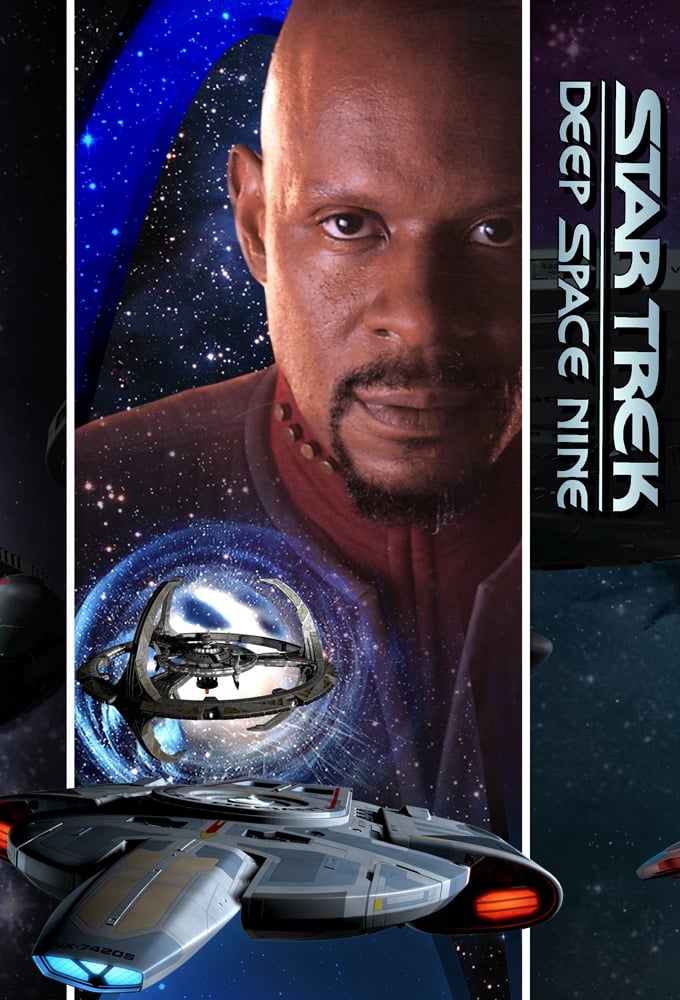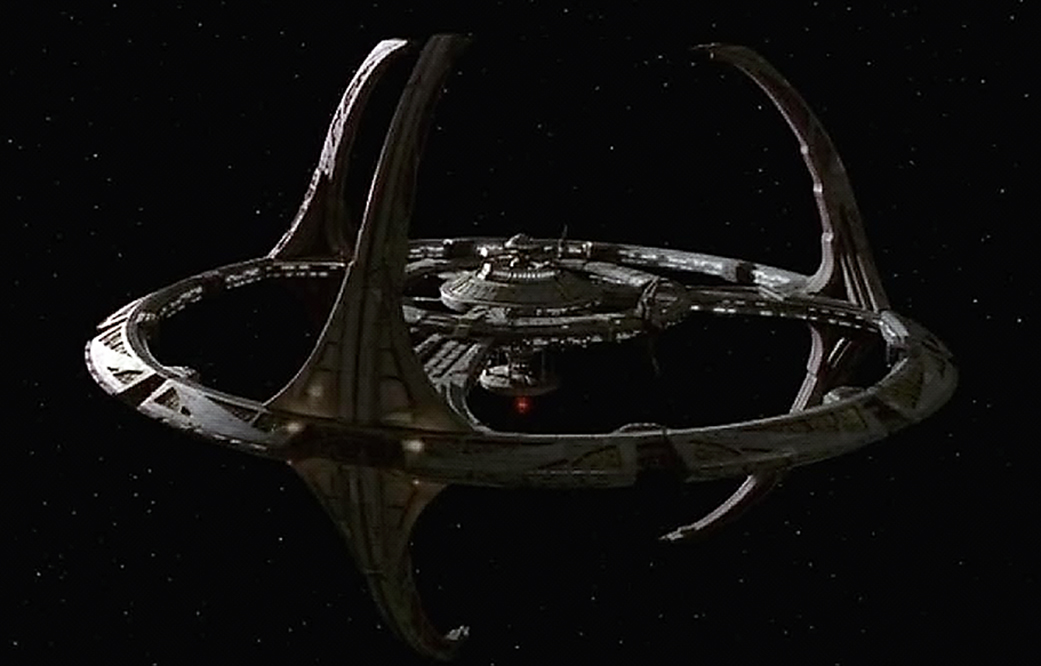


DS9 boasts the best ensemble of any Trek because it’s here we’re given the most insight into what makes them tick. But the genius of DS9 is how effortlessly the writers guide audiences through the sci-fi storylines by focusing not on the complexities of the fantastical plot, but on the interior journey of the characters. At a certain point, you notice most episodes fit into a binary of “nonsense” or “war,” and the former is as charming as the latter is stirring.īut what holds viewers back from diving in is the fact that this second spinoff of the long-running franchise comes across as a little inaccessible, especially with its complicated premise. The station’s strangeness gives a lot of room for heightened, weird hijinks, and the fact that it’s a much less controlled environment than Captain Picard’s strict regimen aboard the Enterprise means there’s a fantastic capacity for chaos. Gone is the sleek design and comfortable ambience of the USS Enterprise-our characters instead inherit harsh, angular Cardassian architecture, with echoes of their brutal occupation still living in the walls.įor those worrying that it sounds a bit too bleak, while DS9 is undoubtedly the darkest Trek show, it’s also the funniest. There’s a tension to proceedings on the station it’s an unsettled environment teeming with strangeness, duplicity, and resentment. It’s obvious that DS9’s themes are a shade weightier than previous iterations of Trek, but the most notable difference is the mood of the show. The team is not boldly going anywhere-the galaxy is coming to them. It’s a tricky affair, one complicated by the discovery that Bajor is sitting at the mouth of a transgalactic wormhole, the ramifications of which extend to all life in the galaxy. Confronting the legacy of occupation, Sisko has to rely on those who fought against the Cardassians (Nana Visitor’s former resistance fighter Kira), those who served them (René Auberjonois’s shapeshifting security chief Odo), and those who profited off them, (Armin Shimerman’s ultra-capitalist Ferengi bartender Quark).

Pulling together a team of Starfleet personnel and outsiders, he tries to preserve stability above the liberated planet of Bajor-despite its former rulers, the Cardassians, always hanging around their recently lost prize. The crew is led by the erratic but decisive Benjamin Sisko (Avery Brooks). Bit by bit, it is revealed that they happen to be sitting on the most important cross section in the galaxy, and it’s up to them to make sure things don’t fall apart. In a distant corner of space, a band of officers no one really cares about are given a thankless task of keeping a shaky peace after a fascist empire ends its occupation of an unadvanced planet. The setting changed from a starship to a static space station, the tone was darker and weirder than previous series, and the themes of war and trauma were more pronounced. Often referred to as the black sheep of the franchise, Star Trek: Deep Space Nine (1993-1999) was certainly unique. The afterglow of the original cast still lingered from their swan-song film The Undiscovered Country, and the Patrick Stewart-led spinoff The Next Generation had found its footing as an exciting, intelligent progression of the show.
#Deep space nine series#
25 years after it first aired, Star Trek was once again firmly seated in the cultural consciousness any future series would have the legacy of two giants looming over them. It’s a question producers Rick Berman and Michael Piller were confronted with in the early ‘90s. How do you set yourself apart from something so iconic?


 0 kommentar(er)
0 kommentar(er)
